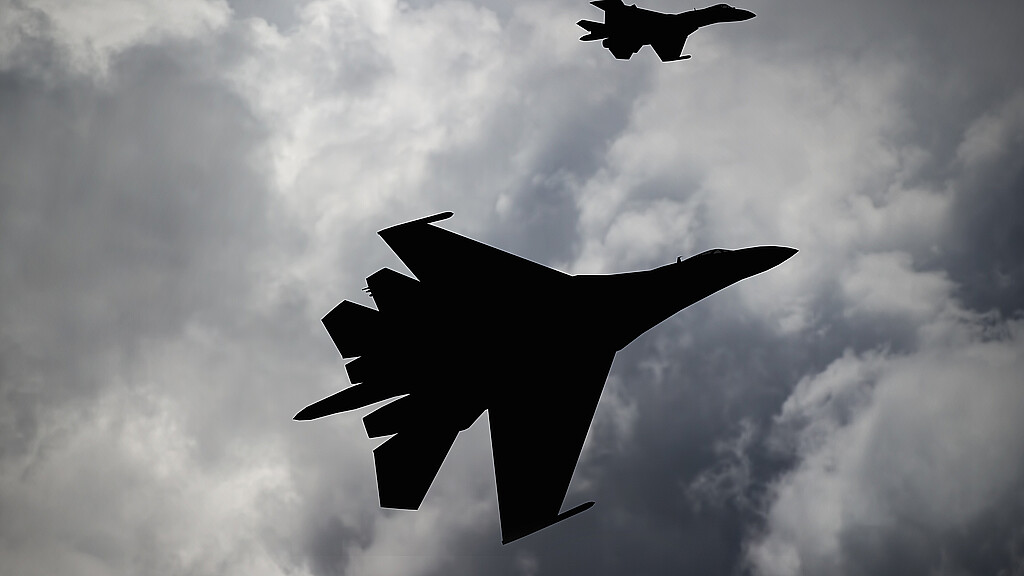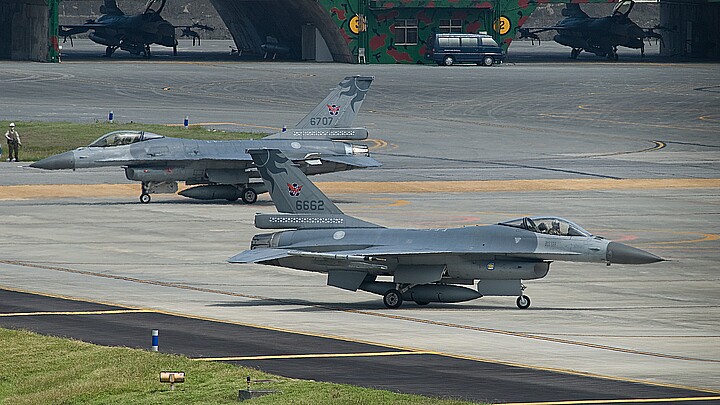Politics
VIDEO: Chinese jet performed 'aggressive' maneuver near U.S. Air Force plane, says Pentagon
A video of the incident shows the Chinese J-16 fighter jet flying right past the nose of an American RC-135 Rivet Joint aircraft that was conducting “safe and routine operations”

May 31, 2023 6:55am
Updated: May 31, 2023 6:55am
A Chinese fighter jet carried out an “unnecessarily aggressive” maneuver near a US Air Force plane over the South China Sea last week over international airspace, the Pentagon announced on Tuesday.
A video of the incident shows the Chinese J-16 fighter jet flying right past the nose of an American RC-135 Rivet Joint aircraft that was conducting “safe and routine operations” on May 26, “forcing the U.S. aircraft to fly through its wake turbulence.”
#USINDOPACOM Statement on #PRC Unprofessional Intercept: "We expect all countries in the Indo-Pacific region to use international airspace safely and in accordance with international law."
— U.S. Indo-Pacific Command (@INDOPACOM) May 30, 2023
Read more⬇️https://t.co/jeAEg1lHXz pic.twitter.com/AvPKRZHCZB
"The United States will continue to fly, sail, and operate – safely and responsibly – wherever international law allows," said the U.S. military command responsible for the Indo-Pacific in a statement.
The spokesperson for the Chinese embassy in Washington, D.C., Liu Pengyu, said that the U.S. "frequently deployed aircraft and vessels for close-in reconnaissance on China, which poses a serious danger to China’s national security."
"China urges the US to stop such dangerous provocations, and stop deflecting blame on China," Liu added.
Last year, a similar incident took place when a Chinese military plane came dangerously close to a U.S. military aircraft in international airspace over the South China Sea. A video of the December 21 encounter shows a Chinese Navy J-11 fighter jet flying within 10 feet (3 meters) of a U.S. Air Force RC-135, a reconnaissance plane with about 30 people on board, the Indo-Pacific Command (INDOPACOM), the command responsible for overseeing U.S. operations in the area, said in a statement.
China claims that large parts of the South China Sea fall into its territorial waters. However, many of these areas overlap with the exclusive economic zones of Vietnam, Malaysia, Brunei, Indonesia, and the Philippines. The U.S. does not recognize these claims.
US, Chinese jets in close encounter over South China Sea pic.twitter.com/X8fbV84neF
— PressTV Extra (@PresstvExtra) December 29, 2022








